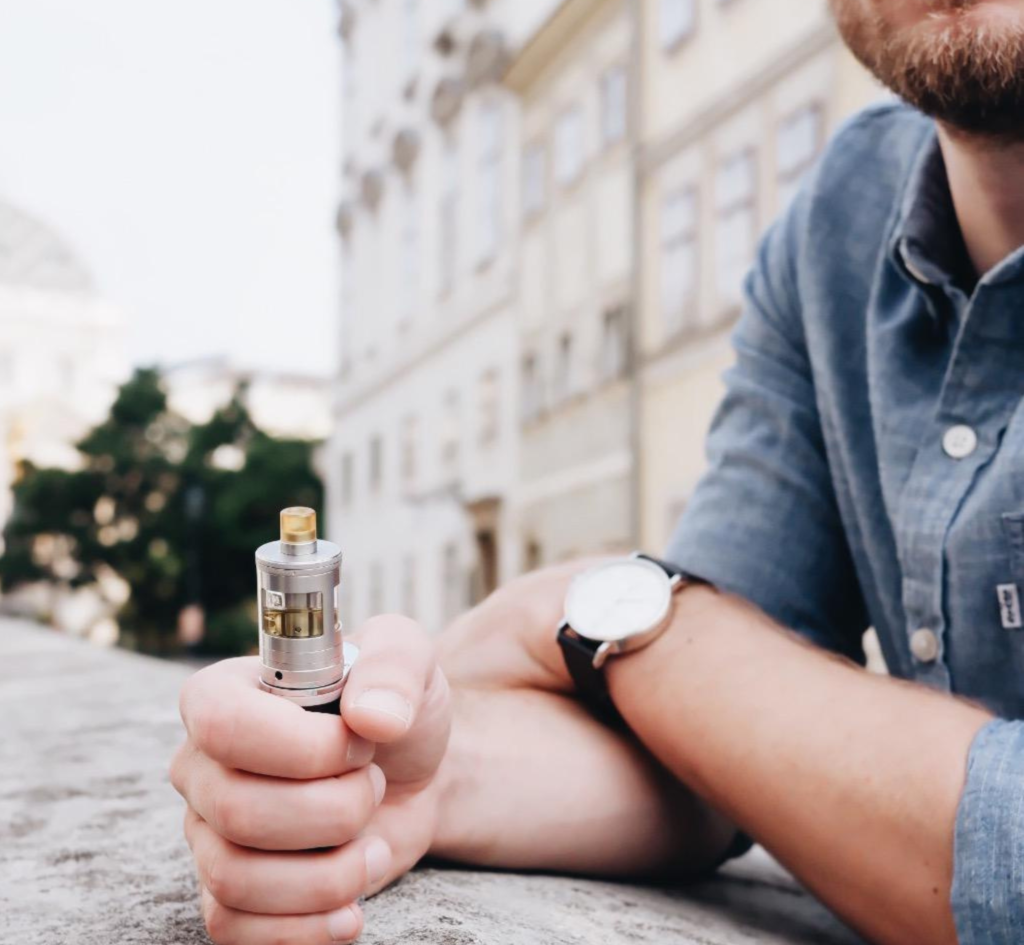Als consument onderschatten we vaak de enorme macht die we in handen hebben. Onze dagelijkse uitgaven hebben een diepgaande invloed op de economie. Mensen weten beter dan wie dan ook wat het beste voor hen is. Toen Nokia, Blackberry, Kodak en MySpace failliet gingen, was dat omdat consumenten besloten dat hun producten niet meer goed genoeg waren, niet door regelgeving of verboden. Innovatie en de ruime keuzemogelijkheden die het biedt, veranderen de wereld meer dan welke overheidsinstantie dan ook. Helaas wordt dit feit vaak over het hoofd gezien in beleidsdiscussies over stoppen met roken.
Volgens de WHO, sterven jaarlijks meer dan 8 miljoen mensen aan roken. Ja, roken doodt bijna de helft van de gebruikers, wat onacceptabel is. De meeste mensen kunnen echter niet meteen stoppen. Stoppen met roken is een van de moeilijkste dingen om te doen. Meer dan 9 op de 10 rokers slagen er niet in om zonder hulp te stoppen.
Daarom is het aanbieden van verschillende hulpmiddelen om te stoppen met roken de meest efficiënte manier om te stoppen met roken. Consumenten moeten kunnen kiezen wat het beste bij hun behoeften past, omdat mensen uniek zijn en pasklare oplossingen zelden effectief zijn.
Het blijkt dat vapen een van de meest effectieve manieren is om te stoppen met roken. Het stelt rokers in staat om hun rookgewoonte te vervangen door een veel minder schadelijke gewoonte. Vapen is 95% minder schadelijk dan traditionele sigaretten, en volgens een onderzoek van de Queen Mary's University is vapen twee keer zo effectief voor het stoppen met roken als nicotinevervangende therapie.
Ondanks alle voordelen van vapen, hebben anti-vapingactivisten veel beleidsmakers en gezondheidsorganisaties ervan overtuigd dat vapen net zo slecht, zo niet erger, is dan roken. Daarmee ondermijnden ze eigenhandig de voordelen die vapen biedt voor het stoppen met roken. De logische weg voor overheden zou zijn om prioriteit te geven aan middelen om rokers te helpen stoppen, zoals vapen, en zo het aantal rokers te verminderen. In plaats daarvan zien we in veel landen en door verschillende internationale organisaties steeds meer aanvallen op vapen.
Vooral de ontkenning van de realiteit door de WHO lijkt steeds absurder te worden, en smaakverboden liggen overal op de loer. Vorig jaar publiceerde de WHO Study Group on Tobacco and Product Regulation verschillende aanbevelingen Ze bieden een scala aan opties die niets te maken hebben met het verbeteren van de volksgezondheid of het helpen van mensen om te stoppen met roken. Ze stelden onder andere voor om handmatig gevulde vape-apparaten, ook wel open systemen genoemd, te verbieden.
Dit tart alle logica, vooral omdat open systemen vapers de meeste keuze bieden wat betreft nicotinegehalte, smaken en het apparaat zelf. Een essentieel element voor het succes van stoppen met roken door te vapen, is juist het feit dat er talloze verschillende modellen en variaties van vape-apparaten en -vloeistoffen bestaan. Het verbieden van open systemen zou het einde van vapen betekenen voor miljoenen, en dus voor miljoenen rokers meer. Helaas laat een dergelijke aanbeveling zien dat de commissie van deskundigen de basisprincipes van vapen niet eens begrijpt en geen experts en vapers hierover heeft geraadpleegd. Dit moet volledig worden genegeerd, tenzij het doel is om mensen weer aan te zetten tot roken. Een ander voorbeeld van een aanval op de keuze was de aankondiging De Europese Commissie heeft vorige maand een plan gepresenteerd om de verkoop van alle gearomatiseerde, verhitte tabaksproducten te verbieden. De EU-commissaris voor Gezondheid en Voedselveiligheid, Stella Kyriakides, riep ook op tot "strengere handhaving" van nieuwe producten die op de markt komen.
In plaats van dergelijke verboden hebben we zoveel mogelijk opties nodig voor mensen die willen stoppen met roken. Alle verschillende vormen van vapen, nicotinezakjes en producten die je kunt verhitten ('heat-not-burn') helpen mensen met stoppen en zijn minder schadelijk. Toch negeren de WHO en de Europese Commissie doelbewust de overvloed aan wetenschappelijk bewijs dat de voordelen aantoont, om nog maar te zwijgen van de ervaringen uit de eerste hand van miljoenen vapers. Door doelbewust bewijs en getuigenissen te negeren, creëert de Commissie een ramp voor de volksgezondheid.
Helaas zijn deze twee voorbeelden slechts het topje van de ijsberg. Veel landen proberen smaakjes te verbieden of vapen zelfs volledig te verbieden. Dit moet veranderen – 8 miljoen levens zouden al reden genoeg moeten zijn. Schadebeperkend beleid moet gebaseerd zijn op wetenschappelijk bewijs en de keuzevrijheid van consumenten.
Vorig jaar kwamen honderd zeer gerespecteerde wetenschappers en experts drong er bij de WHO op aan om "haar vijandige standpunt ten aanzien van tabaksschadevermindering te wijzigen". Helaas worden deze experts genegeerd. Hetzelfde geldt voor consumenten en de keuzes die zij maken.
Oorspronkelijk gepubliceerd op Vapen vandaag.




